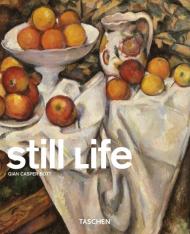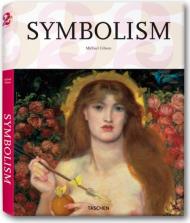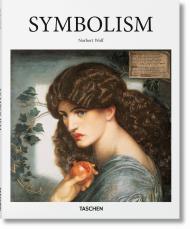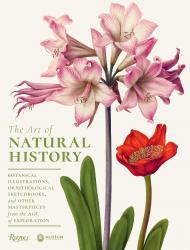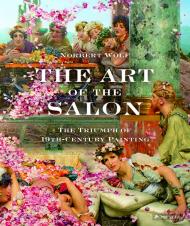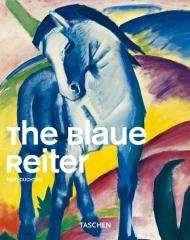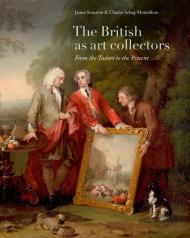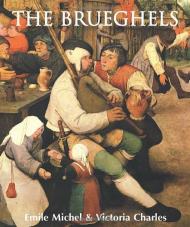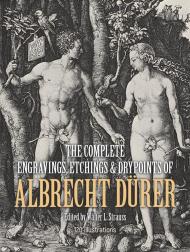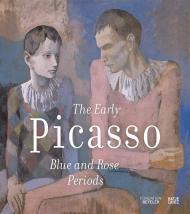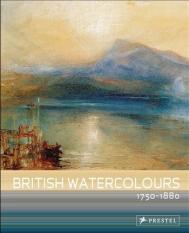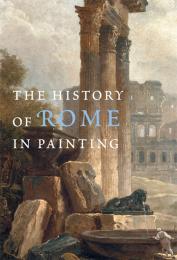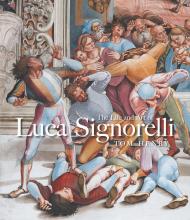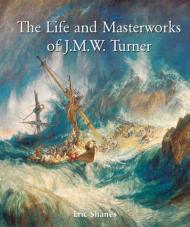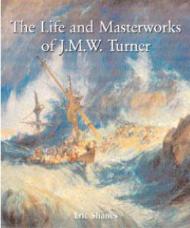Setting up a still life may take no more than gathering a few objects on a table, but infusing its depiction with depth, texture, feeling, and even beauty takes great skill. The origins of the still life can be traced back at least to classical antiquity (such wall paintings have been found in the ruins of Pompeii) but the genre's name wasn't coined until the 17th century in Holland, a few centuries after it was re-popularized during the Renaissance. This book explores a stimulating selection of still lifes from the 15th century to the modern day, revealing the historical importance and creative possibilities of this genre.
Featured artists:
Meister der Maria von Burgund, Ludger tom Ring the Younger, Annibale Carracci, Michelangelo Merisi da Caravaggio, Juan Sánchez Cotán, Jan Bruegel the Elder, Frans Snyders, Pieter Claesz Rembrandt, Sebastian Stoskopff, Jan Fyt, Evaristo Baschenis, Jan Davidsz de Heem, Willem Kalf, Otto Marseus van Schrieck, Giuseppe Maria Crespi, Jean-Siméon Chardin, Luis Eugenio Meléndez, Théodore Géricault, Eugène Delacroix, Adolph Menzel, Edouard Manet, Vincent van Gogh, John Haberle, Paul Cézanne, Pablo Picasso, Georges Braque, Henri Matisse, Umberto Boccioni, Giorgio De Chirico, Giorgio Morandi, Chaïm Soutine, Salvador Dalí, Daniel Spoerri, and Gerhard Richter
About the Series:
Each book in TASCHEN's Basic Genre Series features:
* a detailed introduction with approximately 35 photographs, plus a timeline of the most important events (political, cultural, scientific, etc.) that took place during the time period
* a selection of the most important works of the epoch; each is presented on a 2-page spread with a full-page image and, on the facing page, a description/interpretation of the work and brief biography of the artist as well as additional information such as a reference work, portrait of the artist, and/or citations
Издательства
- Rizzoli (68)
- Taschen (48)
- Prestel (47)
- Thames & Hudson (21)
- Hatje Cantz (17)
- Flame Tree Publishing (17)
- Skira (8)
- Hirmer (8)
- Abbeville Press (6)
- Phaidon (6)
